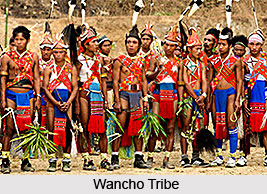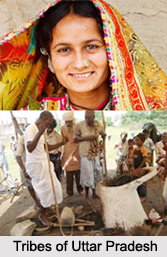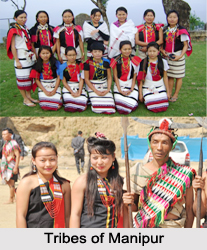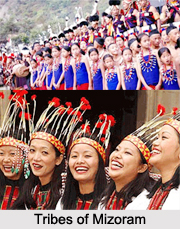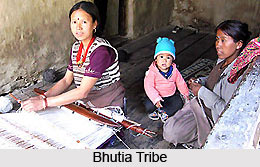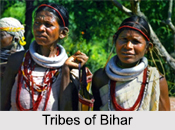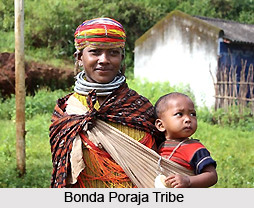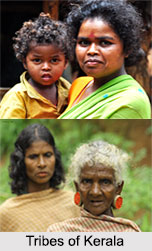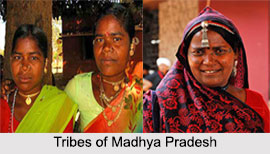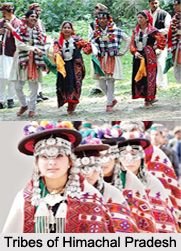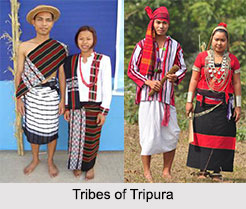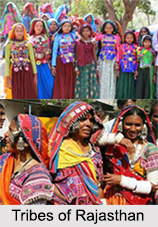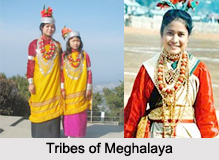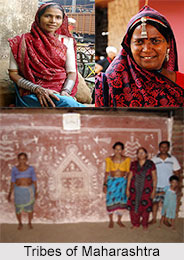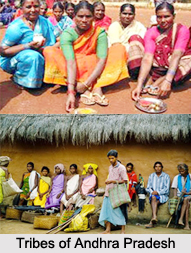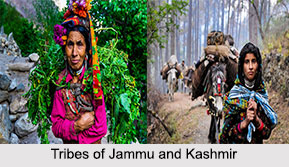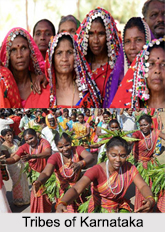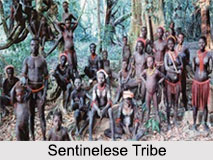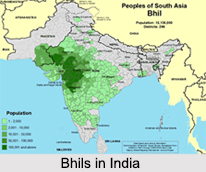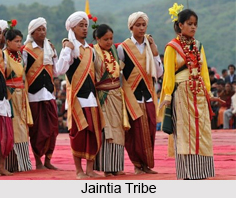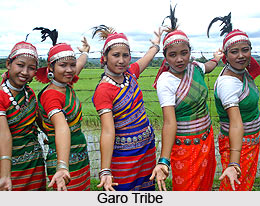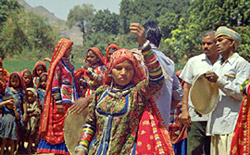The Ahir are descendants of Lord Krishna. They lived as shepherds at Gokul Mathura about a thousand years ago. After leaving Gokul Mathura they spread throughout northern and northwestern India. There are four types of Ahir tribals namely Prantharia, Machhoya, Boureecha and Sorathia.
Prantharia Ahirs live in CHobari, Ramavav, Amaraper, Ratenper, Khengarper, Lodai, Dhrang, Dhori, Sumeraser, Vang, Dador, Kuneria, Nokhania, Lakhaper and Sataper. Machhoya Ahirs live in Pdhar, Vagura, Tapper, Padana and Bhuvad. Sorathia Ahirs live in Anjar Taluka Meghper, Bourichi, Mithirohar, Bharapar Veera, Modser, Khokhara, Kaniyabe, Jomkha, Kera and Baladia.
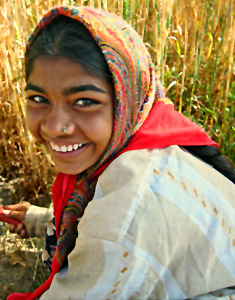 These communities are mainly of farmers who once sold milk and ghee but who now have changed their business to transport or salt because of the irregularity of rain. Their mother tongue is Gujarati. They worship Ramdevpir.
These communities are mainly of farmers who once sold milk and ghee but who now have changed their business to transport or salt because of the irregularity of rain. Their mother tongue is Gujarati. They worship Ramdevpir.
The engagement of an Ahir girl is formalized when the groom`s parents present a gift to the bride`s family. The Prantharia Ahirs give money. Machhoya and Boureecha give sets of clothes decorated with mirror work embroidery. The bride`s relatives also contribute at least one silver necklace, one or two gold necklaces, earrings, nose pins, anklets and bracelets.
The costume of an Ahir woman indicates her Jati and her age. Young women have the most elaborate costumes. Their gathered skirts of red, green, blue, orange or brown tied and dyed cotton are richly embroidered. Older married women must be content with plain black cotton tube shirts and simple decorated cotton or plain mashru blouses in subdued colours. Young and middle aged women wear Odhanis of red and block striped mashru with embroidered border.
